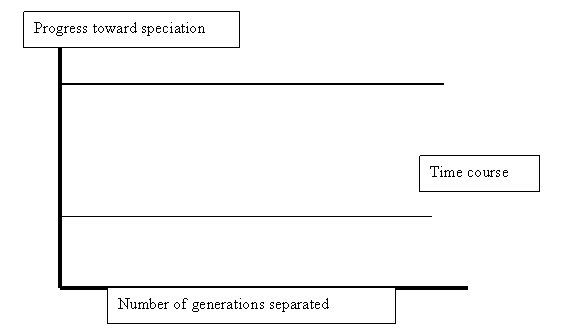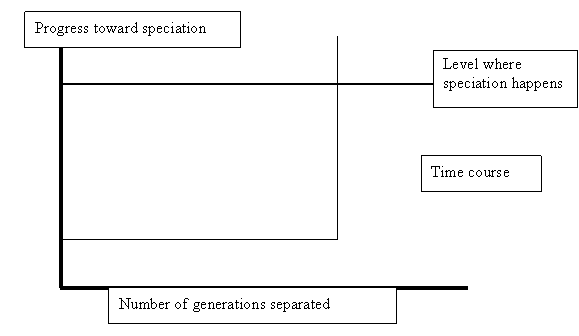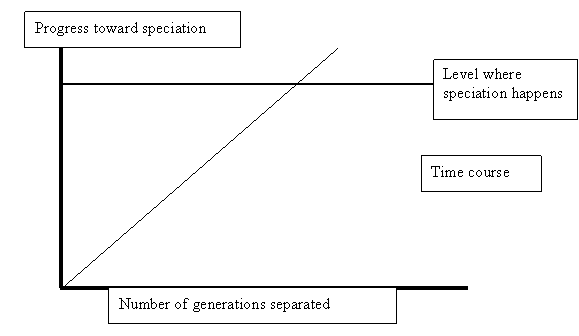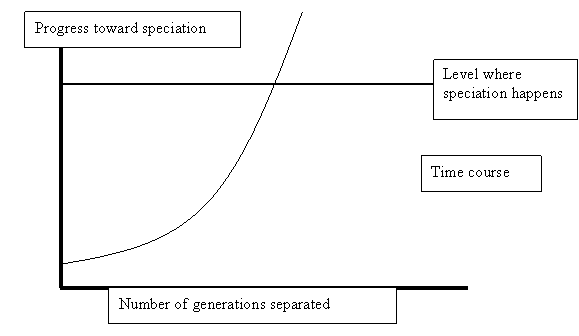
Snowball speciation:
If two populations of a species are separated for a long time they evolve into two different species that cannot have fertile offspring when crossed. This is routinely put down to an effect of selection rather than genetic drift. However it has been found in the Canary Islands that every valley, and there are a lot of them, contains a different species of mouse. The mice did not arrive before the time of Columbus. In order to attribute this to selection one would have to find significant environmental differences between valleys. I doubt they exist. So I lean toward genetic drift as the routine cause with selective pressure playing a secondary role if any.
Mathematical modeling has long suggested that as generations pass the genetic distance between separate populations increases as the square of the number of generations rather than increasing in proportion to the number of generations. There is now evidence (my favorite thing when trying to understand events) that supports the mathematics. (Daniel R. Matute et al A Test of the Snowball Theory for the Rate of Evolution of Hybrid Incompatibles SCIENCE vol. 329 no. 5998 September 17, 2010 page 1518) Let’s see how that plays out on some graphs:
Consider the case where no amount of separation leads to speciation.
Level where speciation happens

Speciation never happens. Well and good. Not realistic, but clear enough. Then suppose speciation happens like a thunderclap in one generation:

Well that won’t quite work, will it? Assuming one population stands stock still and only the second population changes, when the second population gets to the speciation moment, presumably only one animal at a time gets there, it is a different species and cannot find a mate of its own species. So speciation is just as impossible as in the first case.
But anything in between, provided it eventually crosses the line where speciation happens, should work. So consider the two possibilities entertained in the paper. Linear increase in distance between populations over time:

And exponential increase in the distance:

It’s not really a quadratic curve, but close enough for our purposes. The important difference between the curve and the straight line is that at any time distance the exponential curve crosses the critical level at a steeper angle. It is more nearly true that there is a characteristic time from moment of separation to moment of speciation.
Now I have suggested that evolution has introduced a mechanism that limits population size so that speciation effects do not drive an otherwise successful population to extinction. In order to do this, selection must have some sort of signal as to just when speciation is more likely to develop. That signal will be clearer in the case of the exponential curve than in the case of the straight line.
That is not to insist that there was a selective process that dictated that the speciation mechanism must follow a pattern that permits the population restrictive mechanism to evolve. It might be just a lucky good thing. But at all events, its presence has been demonstrated.
There have been 71,606 visitors so far.